Indesign’s Siobhan Markus chats to designer Jacqueline Curry about the inspiration behind UBER.
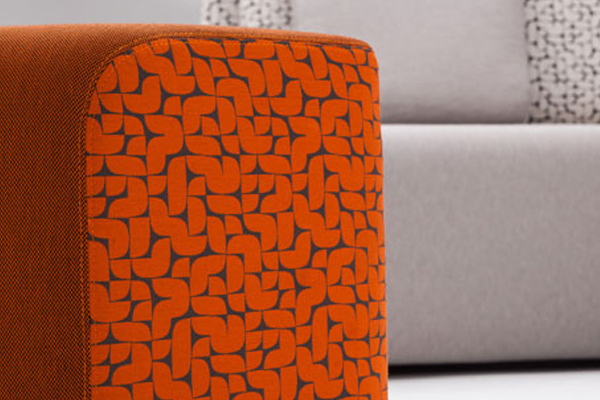
September 3rd, 2013
In 2008 Jacqueline Curry joined the Instyle Design Studio with a wealth of experience working as a freelance designer in London, as a woven textile designer for industry and rising up to Senior Designer with a leading Knitting Manufacturer.
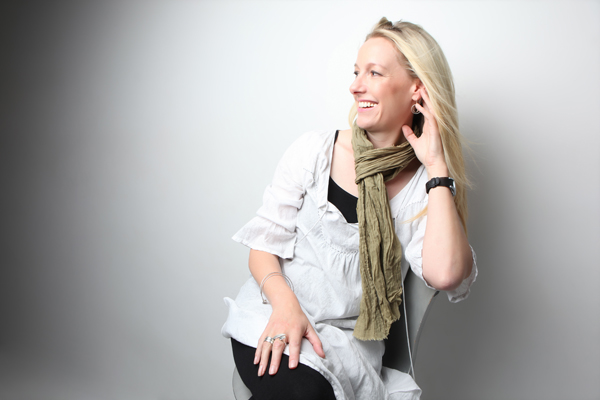
IndesignLive: Can you tell us a little about what it is you do?
Jacqueline Curry: I am a designer at Instyle Contract Textiles. In the design studio we create both the design artwork and the individual weave structures that make up our woven fabrics.
I think of designing for woven textiles as ‘engineering’ a product – as the whole outcome is dependant on how the various factors work together – the physical components of the cloth, the design artwork and in how the fabric is finished.
The process of designing for woven fabric is very exciting as there as so many possibilities and combinations available – yarns provide varied looks by way of fibre type, type of spinning and its appearance and by how openly spaced the yarns are when woven. Amazing results can be achieved when you combine weave structures, colour effects and the finishing of the fabrics. This in turn allows us to have a wide choice of products.
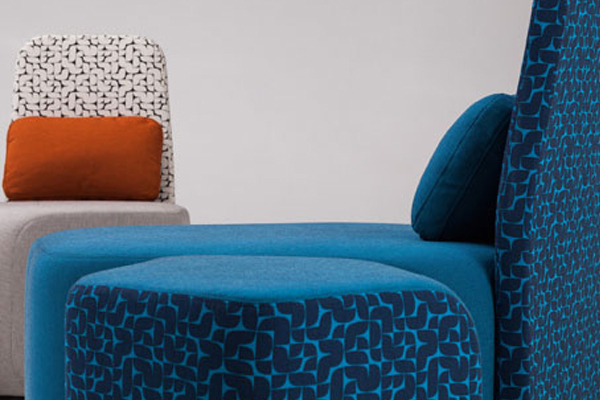
IDL: What is your Design Philosophy?
JC: Keep it simple. Each trend has a ‘personality’ and I design to ensure that the fabric fits that personality. I also consider how the textile will work with furniture pieces, as it must not dominate the furniture piece – instead it must work in unison with it. I like to absorb as much on what is happening in society in general as well as what is happening in my focused market area.
IDL: What inspired the development of UBER?
JC: For UBER I wanted to create a graphic style of design that was both playful and ordered. The idea came from when I was looking at the way water from a waterfall was diverted around all the adjacent rocks – forcing the water to move in a pre-determined logical order. It is a reflection on the concept of cause and effect.
IDL: What are its celebrated features?
JC: UBER is a visually strong graphic design yet has fluidity. It’s playful yet logical. It’s striking positive and negative colour palette. The pattern of UBER is dynamic but the scale of the design ensures that the furniture will not be dominated by it.
![Instyle-ICT-UBER-Inspired-Front-On-454x380-0[1]](https://www.indesignlive.com/wp-content/uploads/2013/08/Instyle-ICT-UBER-Inspired-Front-On-454x380-01.jpg)
IDL: What does good design mean to you? How is this reflected in UBER?
JC: A successful design is when the finished outcome looks balanced, confident and easy on the eye. Any unnecessary features have been removed so that everything that is left is vital and fitting its end use perfectly. A good design should look as though it is effortless. In UBER the repetition of a similar shape ensures the design is easy to read even though the shape is placed randomly – the individual shapes flow into each other to provide a fluid balance.
IDL: Describe your style. Do you have a signature aesthetic that flows through all your designs?
JC: My own design style is based around clean, modern, graphic looks and mathematical, logical repeats and layouts that have a twist. I often work with fluid lines that provide a confident, self-assured quality. Many of my designs are based on movement, one shape sliding into another, patterns fading in and out, colour repeating in formations….
This can be in a very graphic style or very discreet. The textures I design will often combine opposite ideas – for example having a very structured base pattern with an irregular mottled colouring. At first sight the designs may seem random but an underlining logical order is almost always at play. I enjoy working with the paradox of a random order. My ultimate aim is to create designs that excite.
IDL: What do you see is trending most significantly in the design community?
JC: Playfulness!
![instyle-ICT-UBER-Inspired-VIVA-Carnival-454x380-0[1]](https://www.indesignlive.com/wp-content/uploads/2013/08/instyle-ICT-UBER-Inspired-VIVA-Carnival-454x380-01.jpg)
IDL: What, if any, impact is this having on designers such as yourself?
JC: Colour is being used more playfully in schemes – so when we are putting together new colour ranges we are considering how the colours could work together in a single fit-out in order to offer designers more options. We are even finding this trend evident in our work for hospitals. My own designs have a playful feel – yet are still ordered.
IDL: Where do you see yourself taking your designs, or rather, where do you see your designs taking you in the future?
JC: Working on different products not just textiles. Collaboration is another key trend in the design community and I would love to collaborate with other designers to create fresh innovative product.
Instyle Contract Textiles
INDESIGN is on instagram
Follow @indesignlive
A searchable and comprehensive guide for specifying leading products and their suppliers
Keep up to date with the latest and greatest from our industry BFF's!

London-based design duo Raw Edges have joined forces with Established & Sons and Tongue & Groove to introduce Wall to Wall – a hand-stained, “living collection” that transforms parquet flooring into a canvas of colour, pattern, and possibility.

Welcomed to the Australian design scene in 2024, Kokuyo is set to redefine collaboration, bringing its unique blend of colour and function to individuals and corporations, designed to be used Any Way!
Reece is excited for SID 2011 with plans in place and the event just around the corner.

From phone booths and fully-enclosed systems through to high-backed desking options and chairs – here are seven of the latest furniture pieces that promote privacy in a new age of workplace quietness.
Exciting new designs from Alexander Lotersztain are in store at Brisbane Indesign.
The internet never sleeps! Here's the stuff you might have missed
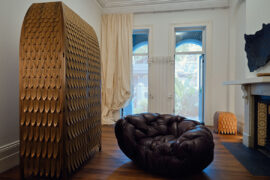
Trent Jansen’s first Sydney solo exhibition in years celebrates the poetry and stories that grow from collaborative making as well as the importance of co-creation.
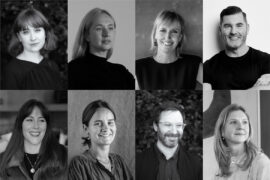
Whether you’re an architect, interior designer or student eager to learn, the 2025 Design Discussion series at Saturday Indesign will inspire fresh perspectives. Check out the schedule now!
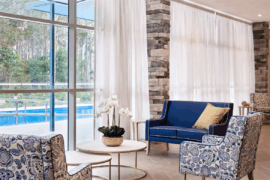
Inspired by an unthinkable design challenge on Sydney Harbour, Materialised’s ingenuity didn’t just fuse acoustic performance with transparent finesse – it forever reimagined commercial curtain textiles by making the impossible possible.